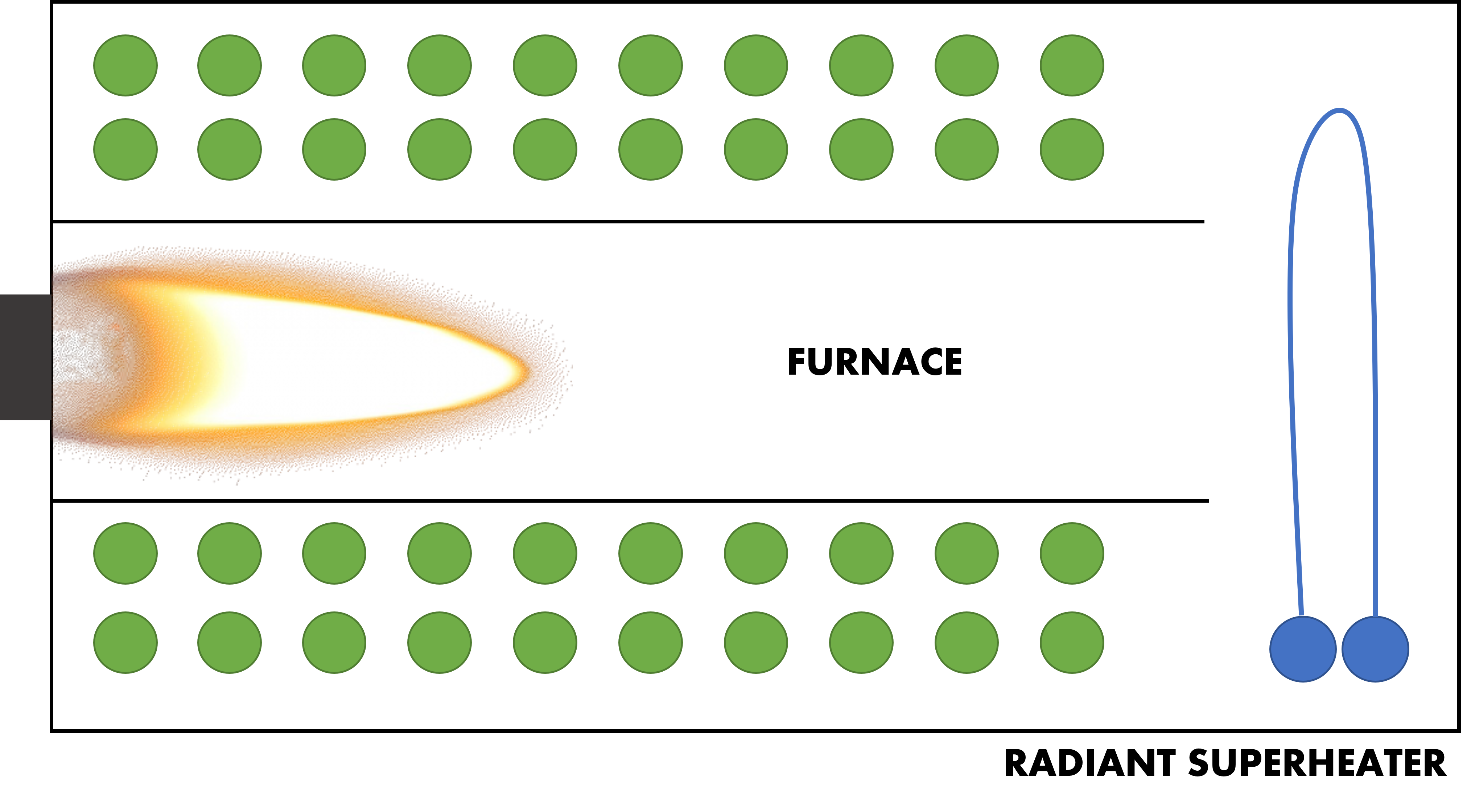Last month on the Boiler Blog, we focused on increased efficiency through the use of O2 trim. This is an easy, cost-effective addition to a boiler system with multiple added benefits. There are, however, additional ways to increase the efficiency of your steam plant even further. A Variable Frequency Drive (VFD) controls a motor’s speed by varying the frequency supplied to it, and VFD’s can help achieve significant electrical power savings when added to your boiler.
To illustrate the benefits of VFDs, take the power usage of the fan. A combustion air fan on a boiler typically uses a large amount of energy. For example, a 125,000 pph boiler can have a fan motor as large as 300 hp. While the actual power usage would typically be less than the rated size of the motor, when operating 24/7/365 at full load and assuming an electricity cost of 8 cents/KW, the cost of electricity can be upwards of $150,000 - just for the combustion air fan!
The use of VFDs will provide the most savings for boilers that have an average annual operational load of less than 100%. In fact, if your average boiler load throughout the year is 50%, or half load, you could save ⅞ th the fan power. This means that with the use of a VFD, the fan would require a fraction of the typical amount of energy used when running your boiler at full load. Generally speaking, if your boiler is operating at half load the fan will also operate at half speed. According to the fan laws, fan power is related to change in fan speed to the 3rd power. When operating the fan at half speed, the change in power is (½)3 or 1/8th the power! This is where the power savings would come from and why it would be most beneficial to utilize a VFD for scenarios where the boiler system operates more consistently at half load.
Let’s look further into the reason behind using 50% fan speed for 50% boiler load. When running your boiler at half load, the air flow requirement will also be reduced by half (assuming the burner excess air stays the same). Since the fan laws state that air flow changes linearly with fan speed, that means that at 50% fan speed (or RPM), the flow would be 50% of full load. For the static pressure requirement, the fan pressure is closely related to the square of the change in boiler load. So, at 50% load, the static pressure change would be (½)2 which also matches the fan laws which state change in fan speed changes fan static by the square. You’ll notice that if you multiply the flow and static changes together (i.e. ½ * (½)2) you get ⅛ th which is the same number for the power savings.
If a VFD is not being used, the alternate device is likely a line motor starter. With a motor starter, the fan is always running at full speed. At 50% load, the air flow is about half but the static pressure requirement typically increases due to the closing of the air dampers (which are used instead of a VFD to control the flow). That said, with a standard motor started, the overall fan power requirement stays about the same regardless of whether the boiler is operating at half or full load.
Stay tuned for our next Boiler Blog for additional educational topics, Nationwide Boiler news, and more!



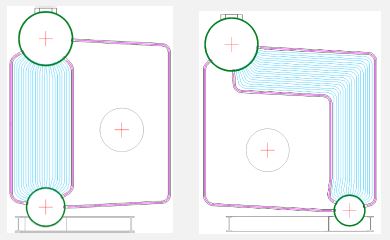 The configuration for this type of boiler is similar to the D-Type, with one upper steam drum, one lower drum, and one convection bank. One of the main differences lies in the convection bank flow area (the bank of tubes that provide convection heat transfer), which is much larger and utilizes upside-down L shaped tubes. This larger area means a reduced boiler pressure drop on the flue gas side. A smaller fan is required, reducing both cost and energy usage.
The configuration for this type of boiler is similar to the D-Type, with one upper steam drum, one lower drum, and one convection bank. One of the main differences lies in the convection bank flow area (the bank of tubes that provide convection heat transfer), which is much larger and utilizes upside-down L shaped tubes. This larger area means a reduced boiler pressure drop on the flue gas side. A smaller fan is required, reducing both cost and energy usage.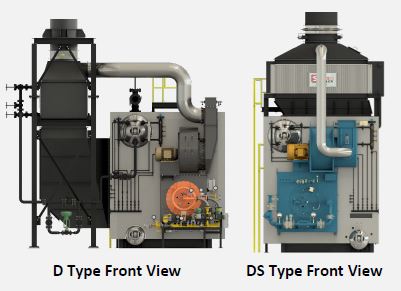
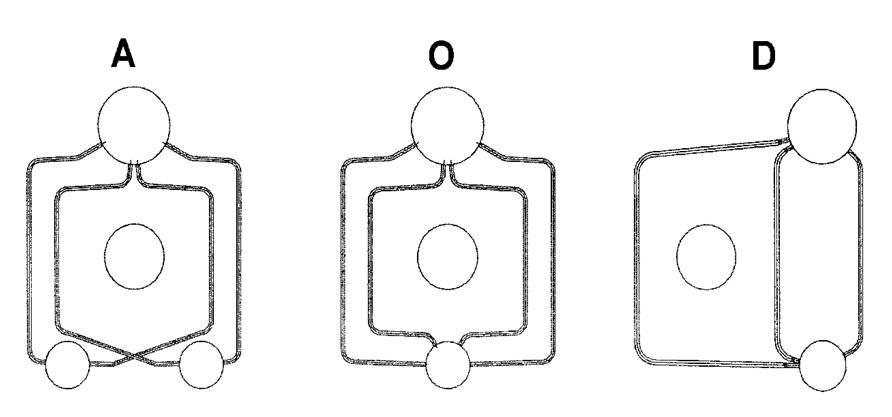
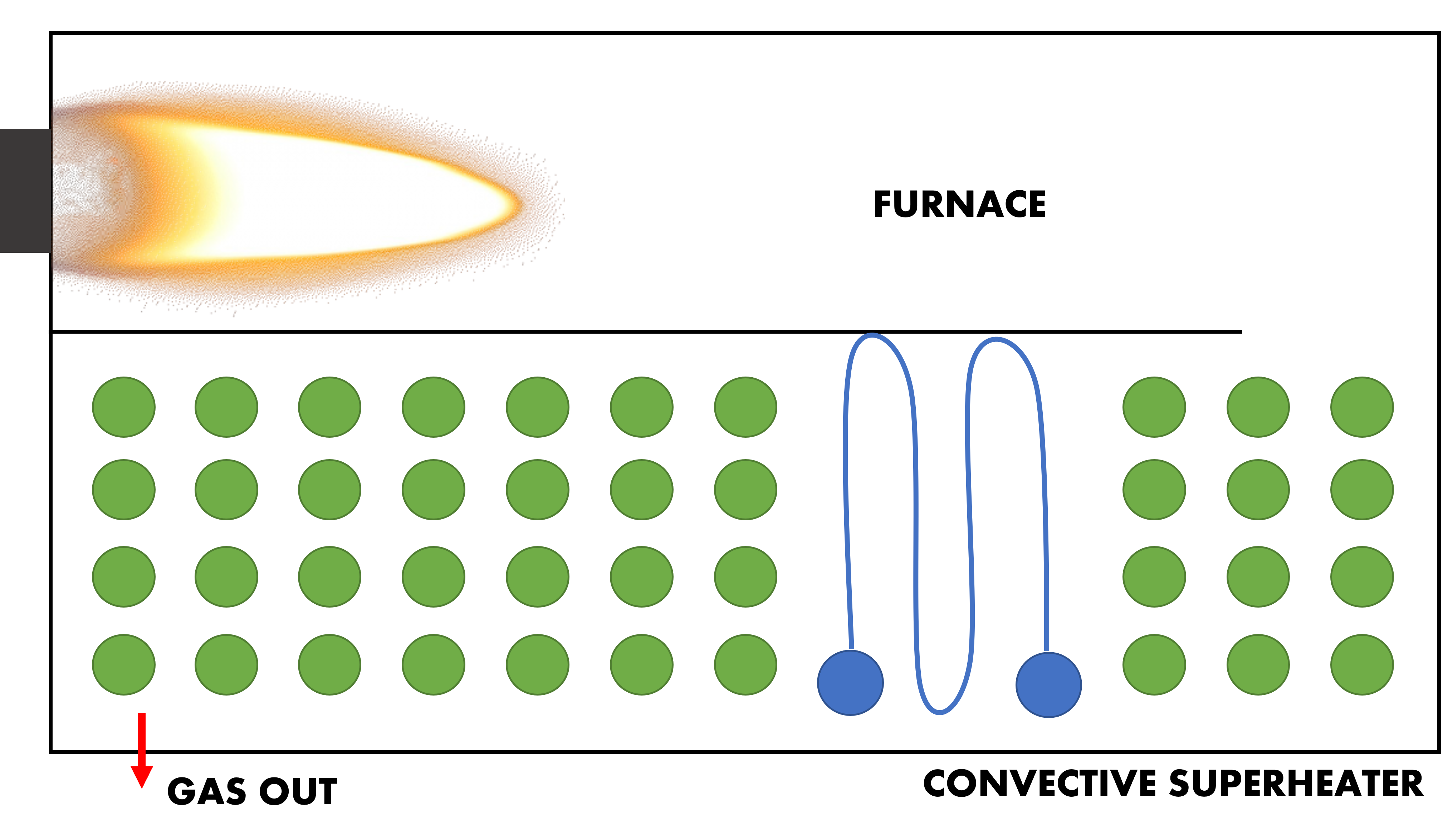 On D-Type boilers, this extra tube bank is added to the convection section (or the generating bank). This is called the convective design. The benefit of this design is the steam coils are out of the radiant heat zone of the burner (the extra heat transferred uses convection only). However, performance is not as good as radiant style superheaters which means at reduced loads, the steam temperature drops off quickly.
On D-Type boilers, this extra tube bank is added to the convection section (or the generating bank). This is called the convective design. The benefit of this design is the steam coils are out of the radiant heat zone of the burner (the extra heat transferred uses convection only). However, performance is not as good as radiant style superheaters which means at reduced loads, the steam temperature drops off quickly.